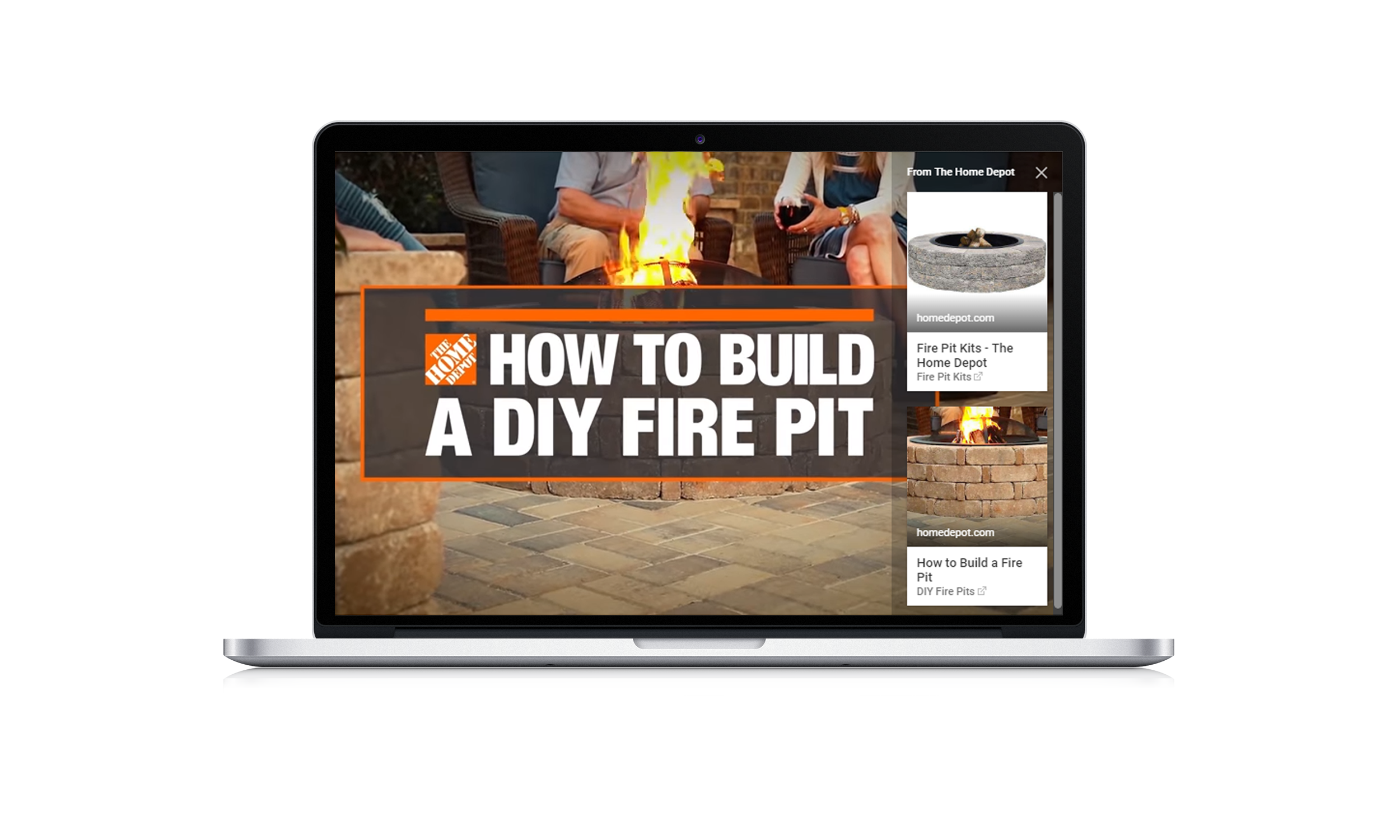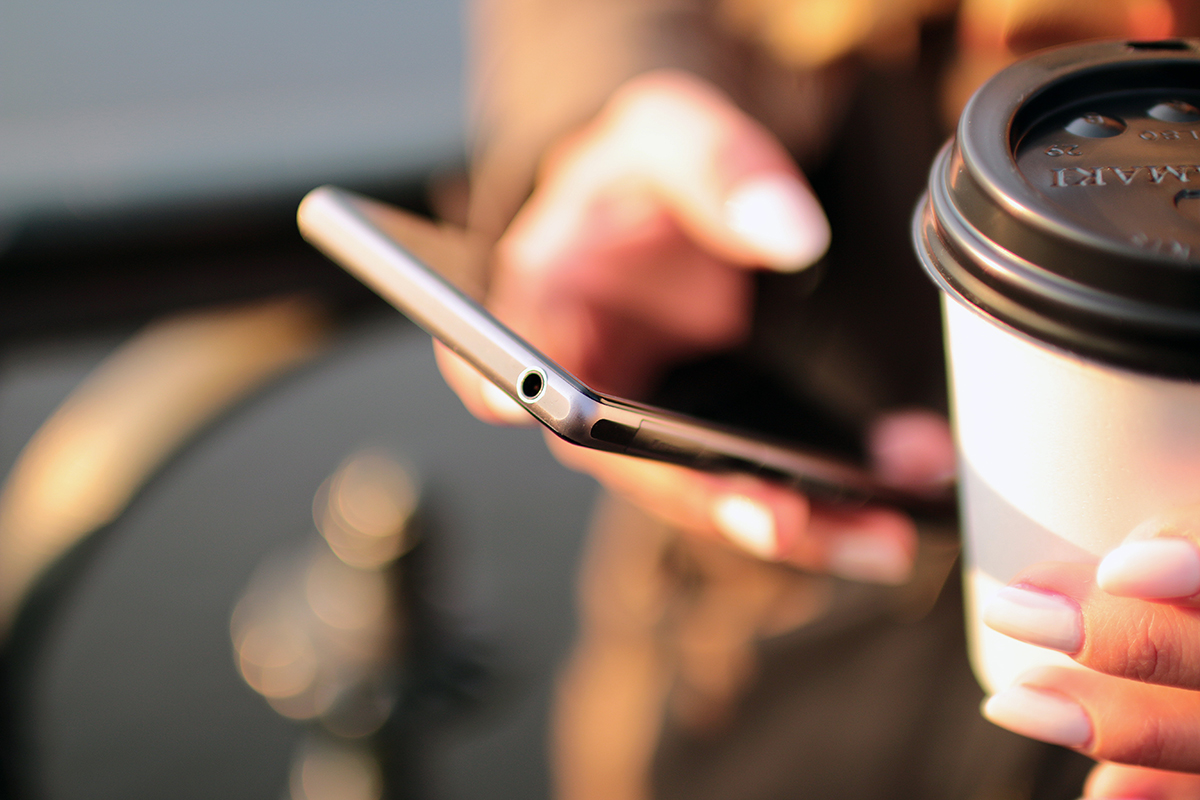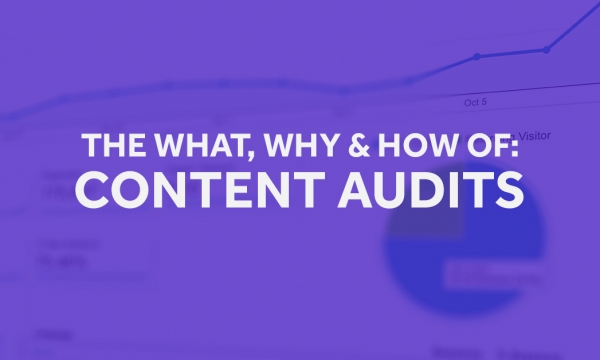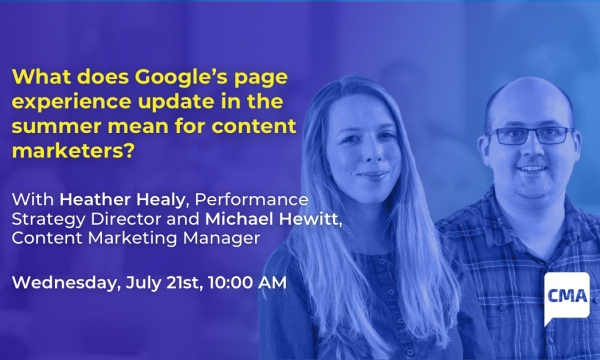Google and PayPal recently announced a new strategic integration that is designed to make online payments easier for consumers, taking on the streamlined checkout processes offered by the likes of Amazon, and enable users to make ‘one-click’ purchases from within Google properties.
In essence, users will be able to link their PayPal and Google Pay (formerly Android Pay) accounts together and in doing so, consumers will be able to make a purchase from within a service like YouTube, Gmail or Google Store without actually leaving the service.
The fruits of this partnership will roll out later in the year, but it’s a development that could create some exciting new content marketing opportunities for ecommerce brands. With the potential to make channels such as email and video much more commercially effective, just what could this mean for your content marketing strategy?
A stronger business case for video marketing

It’s hard to imagine that Google hasn’t entered into this partnership without thinking about how it can attract more branded content onto its YouTube platform – both from a paid advertising and a content perspective. What this partnership has the potential to do is make a much stronger business case for the latter.
There are many reasons why video marketing should be part of any cohesive content marketing strategy. Video can play an important role in the customer journey, it can reach and engage audiences that other mediums struggle to reach, and it can be an effective and creative format for brand building and awareness.
But it becomes a tougher sell if you are pitching an investment in video to a board that is looking at content marketing in a purely acquisition-focused frame of mind. This has the power to change that.
Many brands have developed video content marketing strategies around the concept of “how-to” videos. The American DIY chain Home Depot has a successful channel providing lessons from everything from replacing a toilet to building a fire pit, many fashion brands put their latest collections on the ‘digital catwalk’ that is YouTube, and most major supermarkets are launching their own food and recipe channels.
But the process of converting those viewers into consumers is a clunky one. It can be difficult to link from the video directly to the products featured and checkout processes remain convoluted. This partnership has the power to change that. Paypal has the card details and the delivery address already to hand – the publisher would just need to showcase the products and point the user in the right direction.
When this launches, we expect this to be an area that retailers will be very quick to explore.
Email becomes a more conversion-focused medium

Email marketers and eCRM managers are likely to be very excited about the prospect of payment mechanisms being integrated with Google’s email service.
Email is undoubtedly an important tool in the ecommerce armoury, but it once again suffers from the same issues that video and other marketing channels have – it needs to push consumers to clunky checkout processes in order to make it work.
The ability to integrate what is, in effect, ‘one click’ conversion tools directly into email marketing communications may well set new standards for email engagement and conversion rate optimisation. Those ‘impulse’ purchases will become much easier, mobile conversion rates in particular will benefit from the ‘one-click’ checkout process, and retailers can deliver a much more effective user experience.


